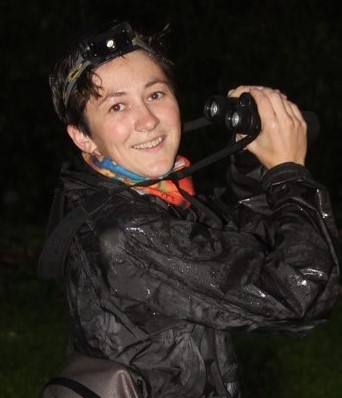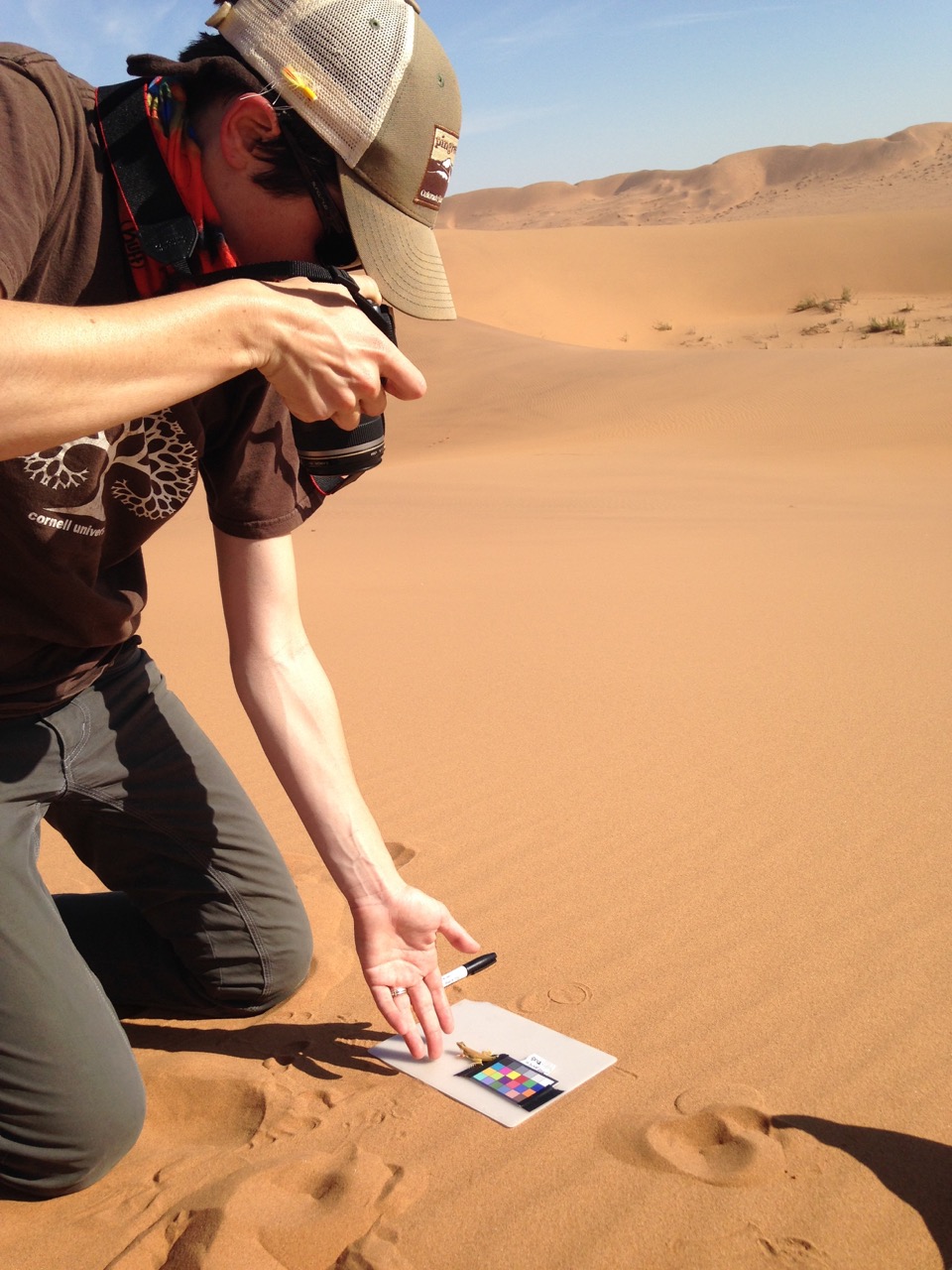 Dr. Sarah W. Fitzpatrick
Dr. Sarah W. Fitzpatrick
Assistant Professor
W.K. Kellogg Biological Station
Department of Integrative Biology
Colorado State University
www.swfitz.com
Started faculty position: January 2017
PhD: Department of Biology, Colorado State University; advisor: Dr. Chris Funk
Postdoc: W.K. Kellogg Biological Station, Michigan State University; advisors: Dr. Jeff Conner & Dr. Gary Mittelbach
About the lab:
My lab is based at Michigan State University’s Kellogg Biological Station (KBS), located ~70 miles southwest from main campus. KBS is unique as field stations go because of our resident research faculty and year-round research and education facilities. I really enjoy being a part of the tight-knit field station community, but also connecting with the larger ecology and evolutionary biology network on the main campus not too far away.
About the research:
Research in my lab encompasses evolution, ecology, and conservation of contemporary populations. A major focus is on understanding the fitness effects of altered connectivity and gene flow patterns – often using ‘genetic rescue’ as a framework that links evolution, demography, and persistence of small populations. How do genetic drift, gene flow, and selection interact in small and recently isolated populations in a changing environment? We approach this question using genomic tools, experiments, GIS, mark-recapture, and pedigree reconstruction. We work on a variety of organisms, but tend towards the scaly and slimy.
What has been the biggest challenge as a new PI so far?
One of my main challenges has been organizing a ‘strategic plan’ for my research program for the next few years. As someone who has broad interests and is easily excitable, it has been difficult to know how to partition time and resources. Should I invest heavily in collecting preliminary data for what I view as my most immediately fundable project? Or, use this time to branch out into new ‘higher risk’ directions? Do I prioritize development of local systems and field sites or pursue my strong interest in international work? So far I’ve taken a shotgun approach – trying to do a little bit of everything, but I know I will need to narrow based on which projects gain momentum. I am looking forward to having students join the lab who will likely shape some of these directions. I’ve taken comfort in advice from Judy Bronstein, who told me, “Careers are long – there is a lot of time to explore.”
Also, imposter syndrome is a real thing.
What does becoming an SSE member mean to you or your career?
SSE membership has taught me the value of active societal affiliation and engagement. I’ve received several forms of meaningful support from SSE throughout my early career: an outreach grant that facilitated K-12 classroom visits and the start of a citizen-science led camera trapping effort to bolster biodiversity appreciation in Trinidad, the Rosemary Grant Research Award funded an important piece of my dissertation, the Hamilton Award gave me confidence in an area I am insecure about – public speaking.
Even more impactful than the forms of support that can be written on a CV has been developing a community of colleagues, friends, and mentors within the society. I am especially grateful to the personal mentorship and support I’ve received from many inspiring female role models within the SSE community, many of whom are currently on SSE council! I cannot overstate how critical these role models have been to my career development.
Besides research, how do you promote science?
By sharing exuberant and unashamed enthusiasm for Earth’s biodiversity through teaching, art, and story-telling. I think enthusiasm for organisms is broadly transferrable and is a powerful way to access curiosity and appreciation.
What is your favorite app?
eBird!
What book should every evolutionary biologist read?
A feeling for the organism – biography of Barbara McClintock
Do you remember making any mistakes as a trainee; how did you recover?
When I was working on my first research project as a Cornell undergraduate in Kelly Zamudio’s lab I was naïvely careless about file organization and backing up data. At one point, while working on manuscript revisions, I needed to track down few key input files needed to rerun an analysis. Kelly found my rat’s nest of a project folder on the lab computer and, understandably, told me ‘it was an embarrassing mess’ and ‘your whole paper stands on a house of cards’. GULP!
I found the files (phew!) and along with building a more sturdy foundation for my paper, developed an appreciation and tools for organized version control, data, and analyses files, which I now emphasize and teach to all new trainees.
What do you enjoy doing in your free time?
Anything on or in the water, fly-fishing, ultimate frisbee, and playing with my dog Napo.
 Dr. Sarah W. Fitzpatrick
Dr. Sarah W. Fitzpatrick